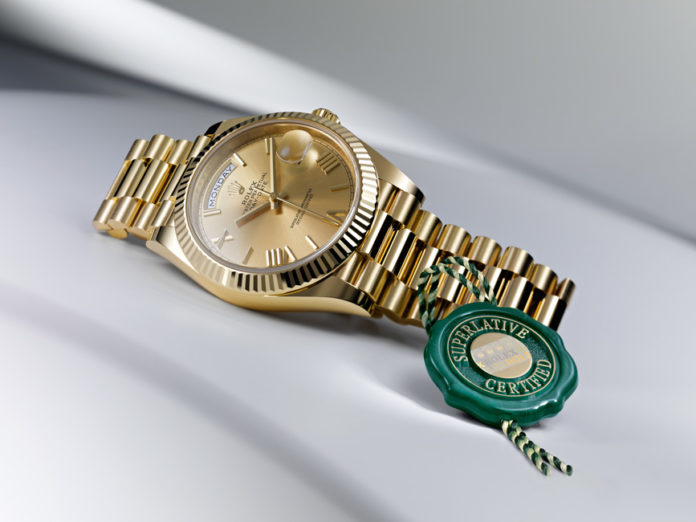Since the 1930s, the Oyster by Rolex has accompanied numerous Himalayan expeditions. In 1953, Sir Edmund Hillary and Tenzing Norgay, members of a British expedition led by Sir John Hunt, were the first to reach Everest’s 8,848-metre summit. Sir John reported, “Rolex Oyster watches… performed splendidly, and we have indeed come to look upon Rolex Oysters as an important part of high-climbing equipment.” Ninety years after its creation, the Oyster has again redefined horological performance. The criteria that made Rolex watches “Superlative Chronometers” in the late 1950s have now been reinforced to establish a new standard of excellence for mechanical watches. Rolex has developed unparalleled testing methodologies and new high-technology equipment to certify each of its watches and award them the status of Superlative Chronometer. This exclusive designation attests that every watch has successfully undergone a series of special final controls conducted by Rolex in its own laboratories, and according to its own criteria, which exceed watchmaking norms and standards. These tests complement the official COSC (Swiss Official Chronometer Testing Institute) certification of the movements.

